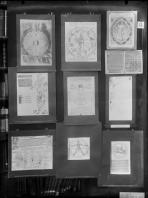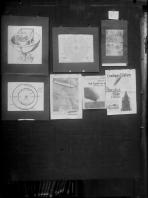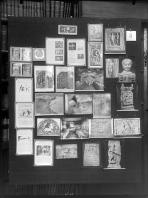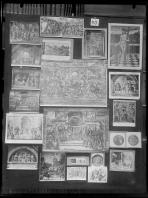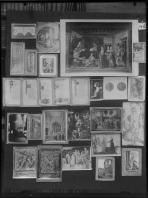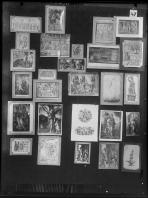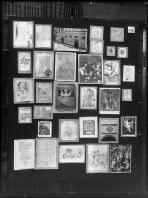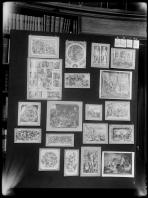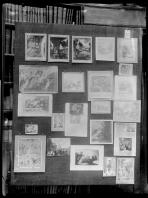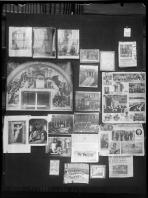On November 29, 1928, just days after arriving in Rome, Warburg and Bing made their way to the church of San Clemente and descended, in the way of all tourists, from the upper church, through the lower church, to the Roman mithraeum; there they marveled to hear the sound of rushing water from a mysterious source. Warburg would in due course place a dramatic photograph of the ritual space of the San Clemente mithraeum at the center of Plate 8 (#16.1), one of two views of a Mithraic “cave,” the other from Ostia antica (#15.4). The reduplication established commonalities: benches in both cases flank a narrow corridor that leads toward an altar decorated with the cult image of Mithras killing the bull. Scarcely visible in #16.1, the altar was reproduced large in #16.2, and this image in turn found echoes in photographs of related cult images (#17, 18, 20). Thus the primal act of the “tauroctony” was revealed to be a pictorial type with variations: Mithras in Persian dress, represented with fluttering cape—which is decorated with seven stars in the painting from the mithraeum in Capua (#17)—anchors his knee on the back of the bull, pulls its head up by the nostrils, and pierces its throat with a dagger, causing blood to flow; a raven flies in (sent by Helios who ordered the sacrifice); a dog and a serpent stretch up to lick the blood; a scorpion, representing evil, attacks the bull’s genitals. The story told to initiates, assigning meaning to motifs, is long lost. Interpretation is based on hints in ancient texts, comparative analysis, and surmise.
